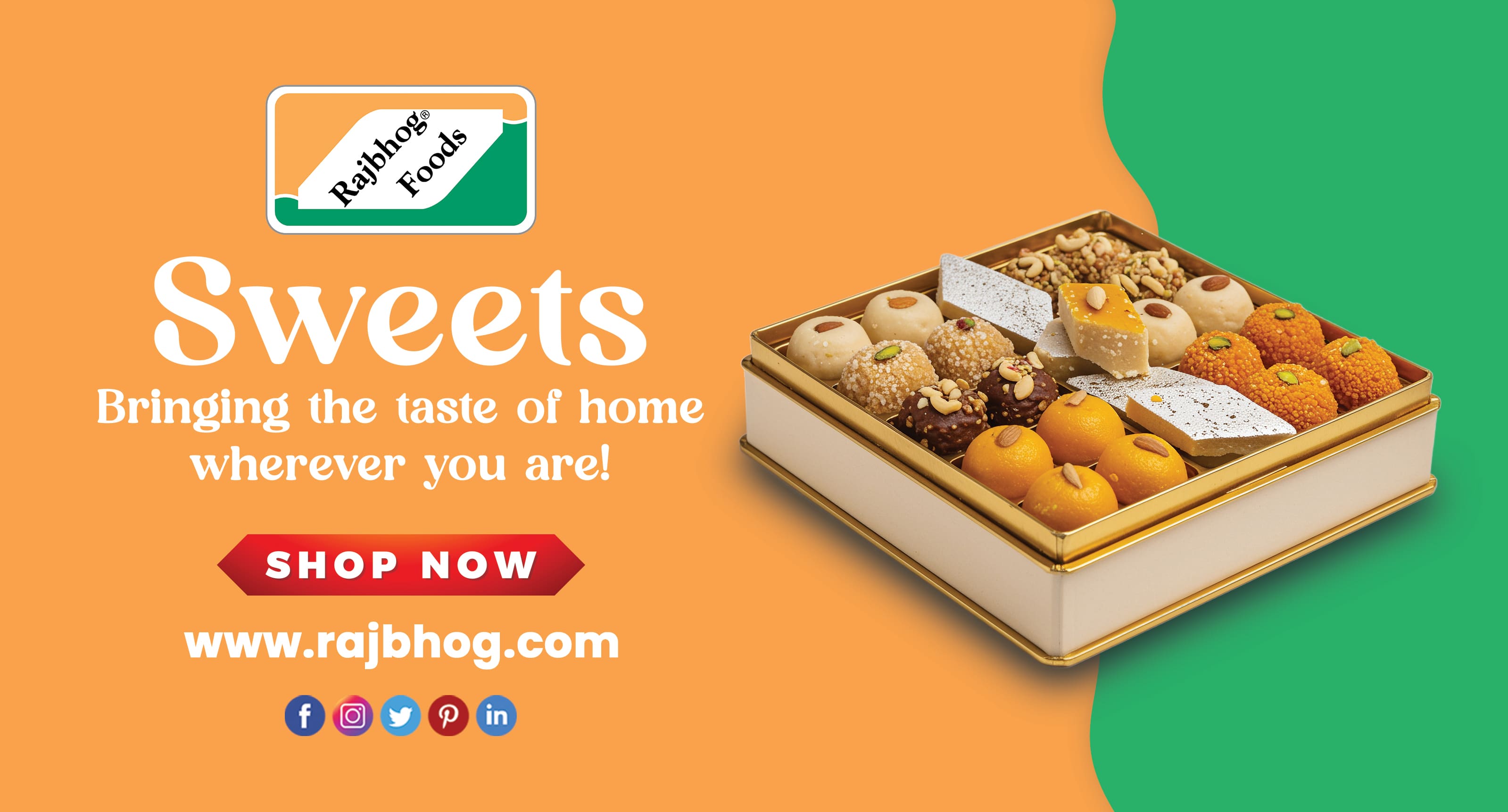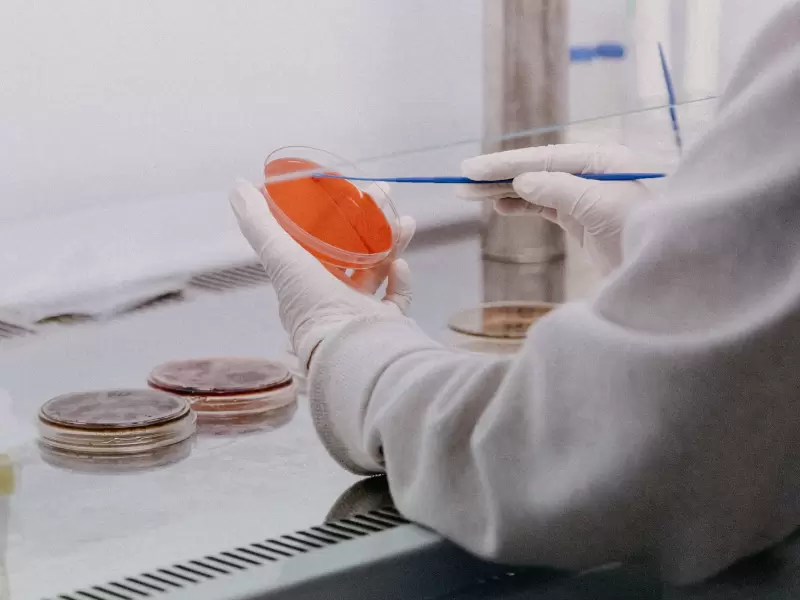Indian Pudding: A Colonial-era dessert that remains an American classic
The dish originated when English settlers attempted to recreate the traditional British hasty pudding but lacked wheat flour and refined sugar in the New World.
 Puritan pudding / Pinterest
Puritan pudding / Pinterest
Puritan pudding, also known as ‘Indian pudding,’, a baked cornmeal dessert that first emerged in colonial New England, continues to be recognized as one of the oldest surviving sweets in the United States, according to food historians and archival cookbooks that document early American cooking practices.
The dish originated when English settlers attempted to recreate the traditional British hasty pudding but lacked wheat flour and refined sugar in the New World.
Also Read: Mamdani’s recipe for change: How food became NYC’s new political language
Cornmeal—then referred to as “Indian meal” because it was a staple crop cultivated by Native Americans—became the substitute, along with molasses, which was more readily available than sugar in the colonies.
Despite its name, the pudding has no connection to the Indian subcontinent. Historians note that “Indian” in this context referred only to the cornmeal used by settlers, not to any South Asian culinary influence.
References to Indian pudding began appearing in American cookbooks by the late 18th century. The dessert later regained prominence during the Colonial Revival period, when there was renewed interest in early American foodways.
It has since remained associated with New England’s regional cuisine and is still served during the autumn and Thanksgiving season.
Traditional recipes call for milk or cream, cornmeal, molasses, eggs and spices such as ginger or nutmeg. The mixture is cooked until thick and then baked slowly, often in a water bath, to achieve its characteristic dense texture. Modern versions are commonly served warm with vanilla ice cream.
ADVERTISEMENT
ADVERTISEMENT
E Paper
Video



 Malvika Choudhary
Malvika Choudhary











Comments
Start the conversation
Become a member of New India Abroad to start commenting.
Sign Up Now
Already have an account? Login